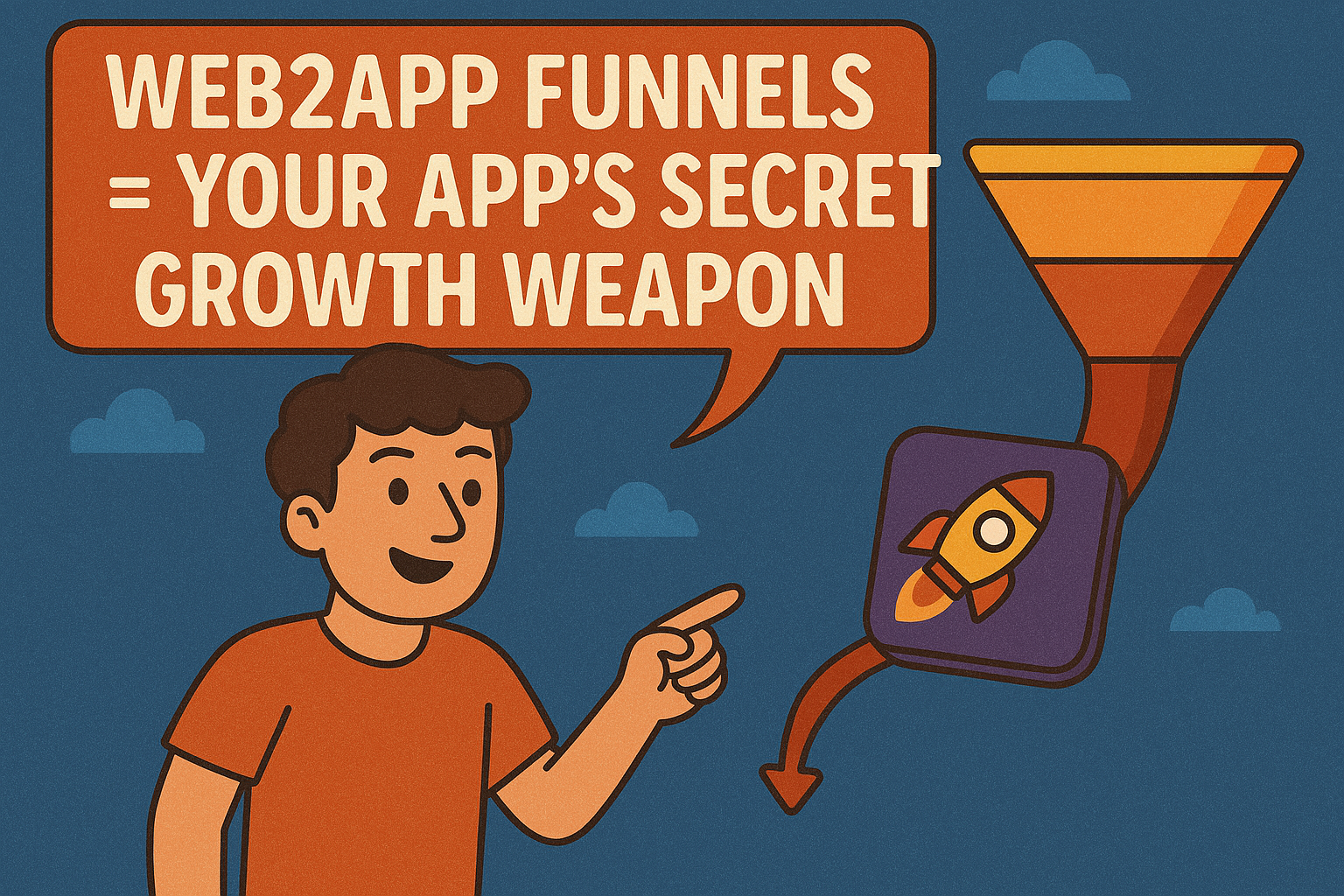Nowadays, our smartphones have become our best friends. The first thing most of us do when we wake up is to check their phones. Also, this is usually the last thing we do before we fell asleep.
We look at our smartphones when we have lunch breaks, when we’re in the WC, and whenever we can.
Of course, there is not one app that we interact with – many different apps steal our attention – from Instagram to Clash of Clans. On average, there are ten apps that we have on our smartphones. The average person uses their phone at least 100 minutes a day and uses it the most during the morning and night.
Now, knowing that people are into mobile apps for sure, the next thing is to know about the elements that can make an app more addictive, so people use it more often throughout the day.
1. Micro-sessions
The ideal scenario is to build something that allows users to do something meaningful in a tiny amount of time – highly addictive mobile apps do this. Most successful games let you win rewards in short periods. Tinder’s success is because they turn something overwhelming – finding a date, to something very non-committal, which can be done while you’re waiting on a line. Swipe left, and you can find a match in no time, and that makes it addictive.
2. Communication
One of the key components to add to your app is a communication feature. That engages multiple people. For example, PUBG allows players to communicate with their squads, which makes the game more effective and fun.
Even if your app is not a game, or a social app, but a more specific one – like a plant identifier – having a messenger feature is great. The opportunity to communicate with people who have the same interest and obsession as you, make you spend more time in the app.
3. Competition
Introducing competition can turn something seemingly boring into an engagement app. Some mobile apps encourage competition between users, and others encourage competition with yourself. In any case, they all do pretty well. Notifications and leaderboards remind the users what is their progress. Strava is an example of competition between users – the benchmarking against your friends motivates to keep you going. Many games use competition against yourself and regularly remind you of your high score.
Furthermore, badges are an easy way to recognise users’ accomplishments and improve engagement. And the best part is that the more badges users earn, the more they want.
4. Push notifications
Having push notifications is a great way to create external triggers that make users take a specific action. There are two key elements behind a successful notification: an intriguing and actionable trigger, and good timing.
5. Visual design
Most probably you wouldn’t use and app if it has an outdated graphics, ugly typography, or an unpleasant colours combination. All these things are immediate turn-offs. In today’s ultra-competitive and crowded marketplace, people expect modern, relevant and clean UI. That’s why it’s crucial to invest in appealing visual design.
6. Customisable experiences
Every time users spend time customising settings, adding content, exploring features, and so on, they engage more and feel more connected to the app, because of the invested resources. And the more investing they do, the more likely they are to use your app again and again. Offer a variety of settings that allows the users to adapt the experience to their preferences. Doing this just “an app” will become “my app” – in the user’s POV. Plus, giving people the option to customise features improves the user experience.
Moreover, by analysing the data you have on your users, you can make better recommendations, prioritise better content at the top of a newsfeed, and more.
7. Fear of missing out
Fear of missing out is one of the best tools to drive users to open the app again and again and make it addictive. Here are some examples of apps which use “fear of missing out” technique:
– Clash of Clans – this game continues even if you’re absent and what comes in handy here is the human desire for control. Most probably you don’t want to leave your base untended for long periods, so you keep opening the app to check what is happening.
– Facebook – for some people missing an event invitation, the latest news about their favourite actor, or what their best friend posted can be a nightmare. So, how can they be sure that they hadn’t missed anything? They keep refreshing the news feed.
Some apps use all of these techniques, and some use one or two – and both of them become addictive. The right combination for your app will depend on your industry. So, do your research, outsmart your competition, develop an MVP, measure success and eventually, you’ll find the right combination.


